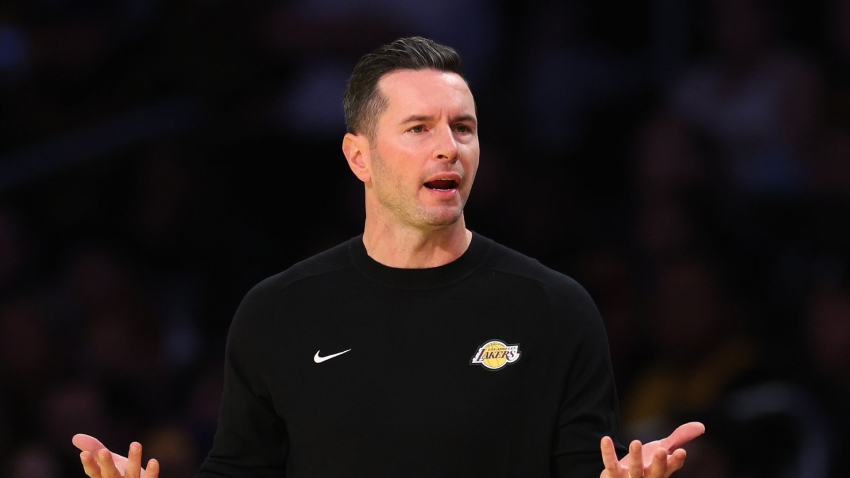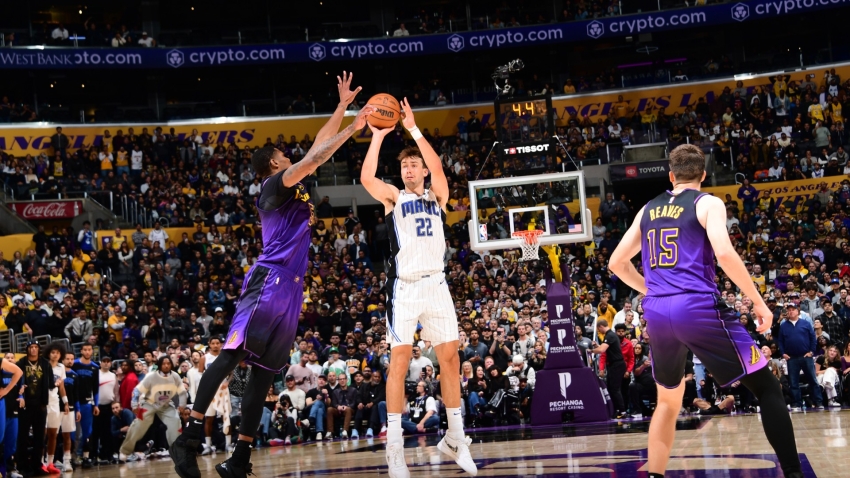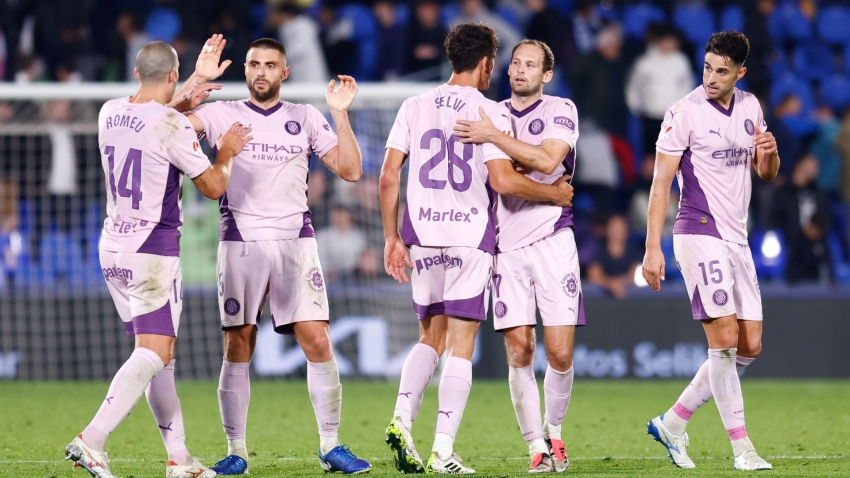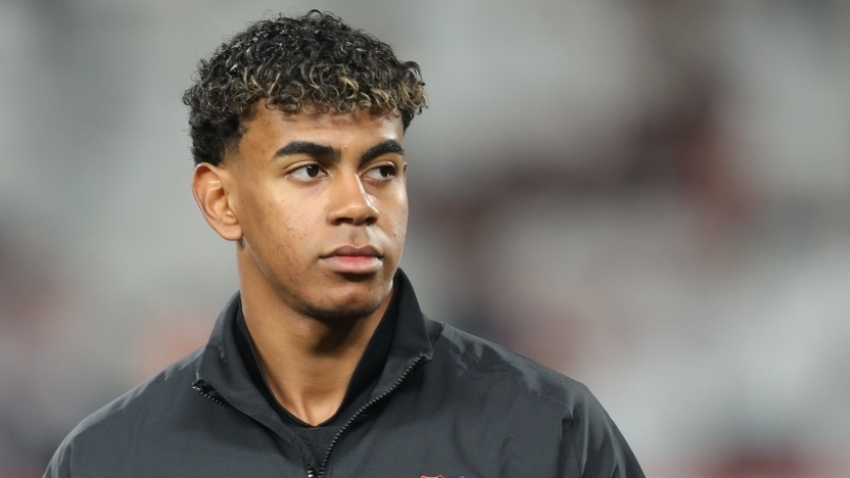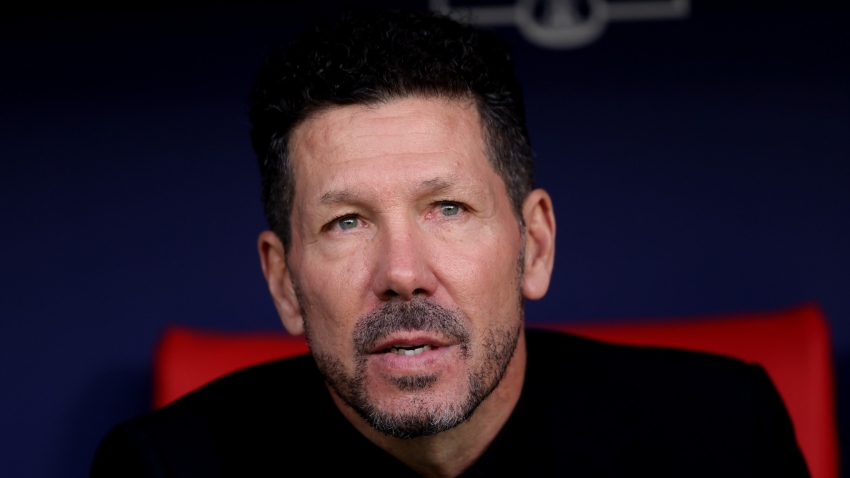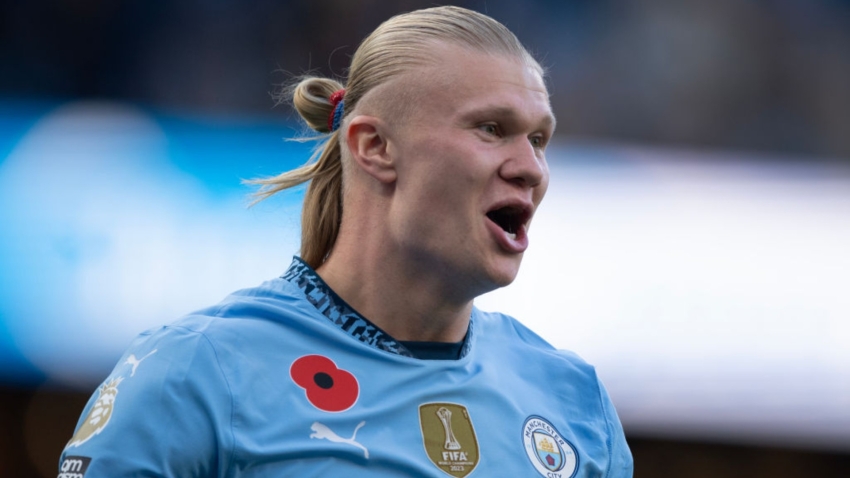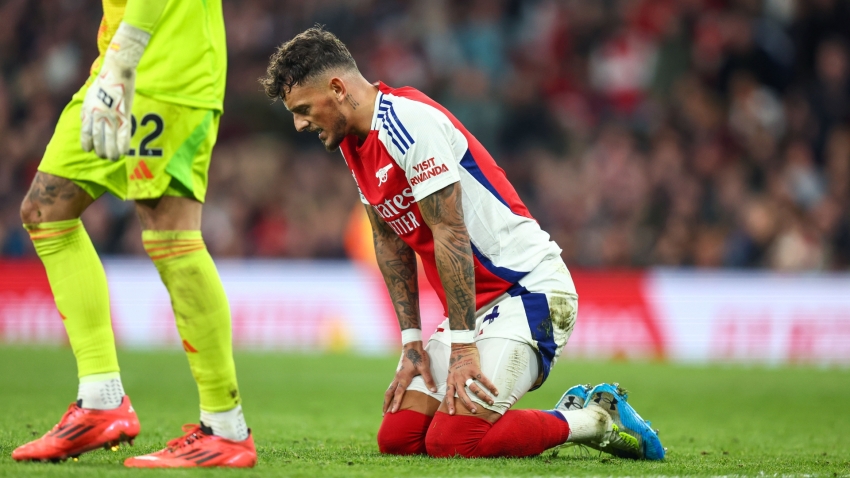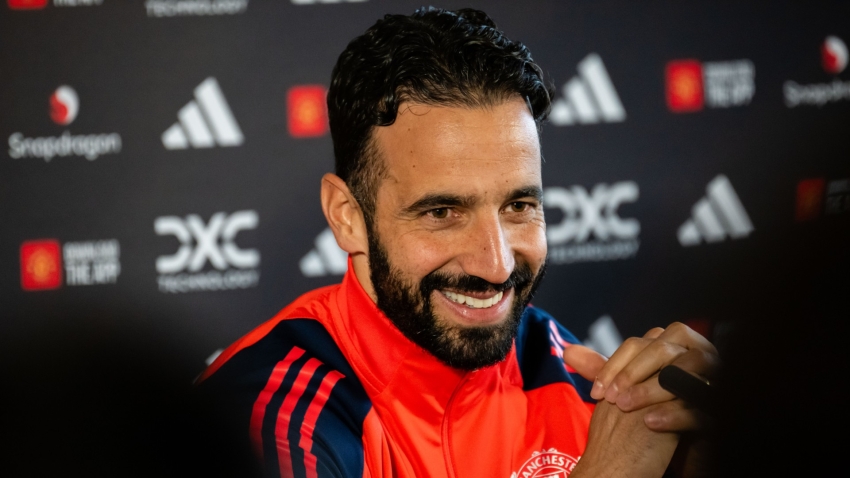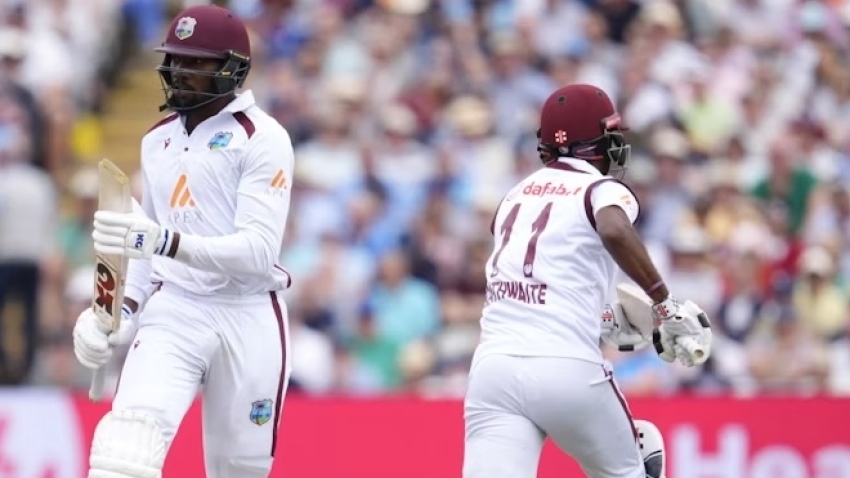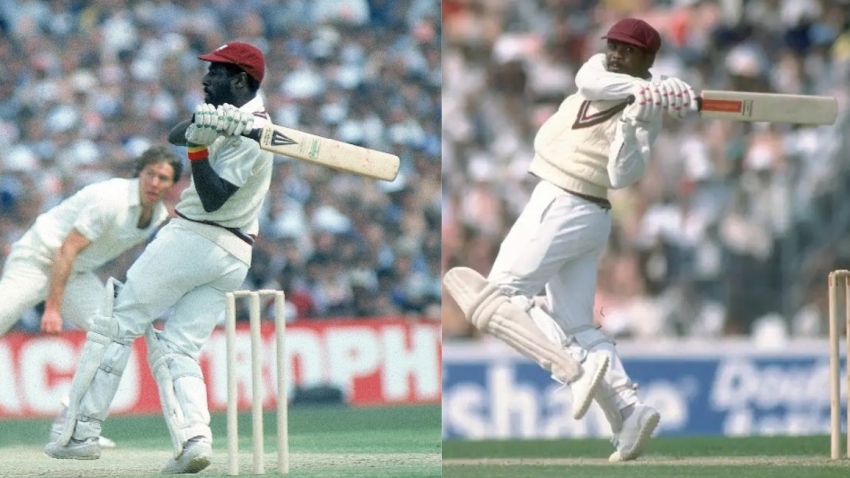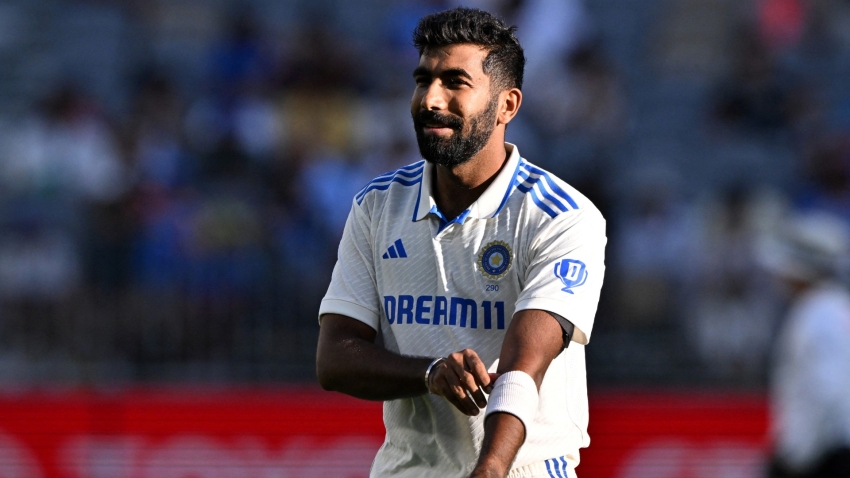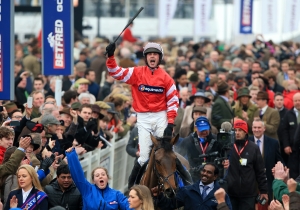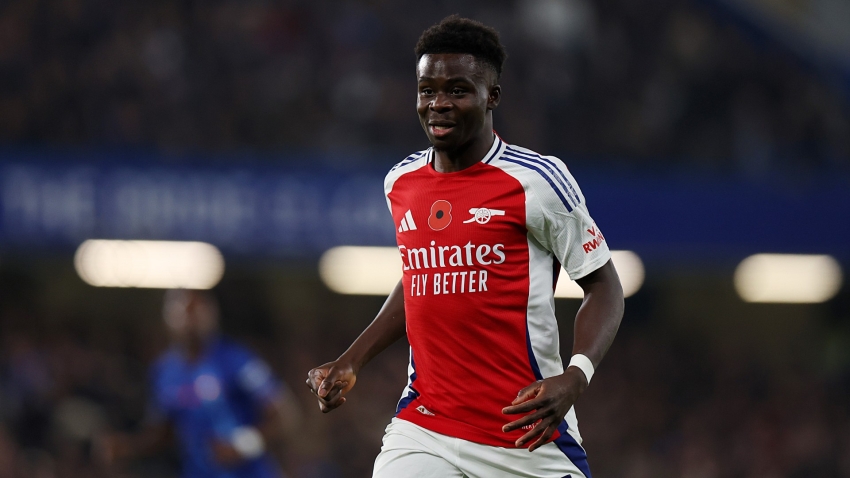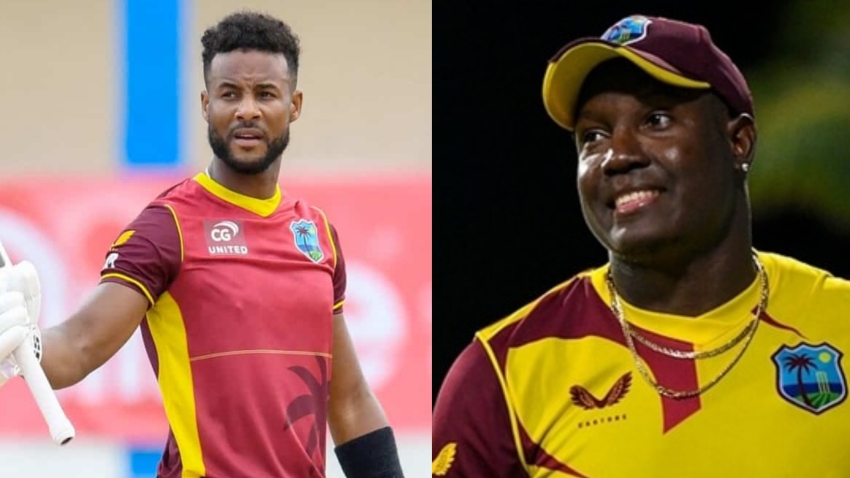Cheltenham Gold Cup hero Coneygree is reported to be loving life in retirement, almost five years after running his final race.
In an era increasingly dominated by a handful of powerhouse yards and owners with deep pockets, the recently-turned 17-year-old was an all too rare diamond in the rough for the husband and wife training partnership of Mark and Sara Bradstock.
Nine wins from 18 starts tells only half the story of a rollercoaster ride which saw Coneygree become the first horse since Captain Christy 41 years earlier to claim Gold Cup glory as a novice in 2015.
Just minutes after being pulled up in a handicap chase at Ascot in February 2019, Sara Bradstock announced the fairytale had come to an end, but she is delighted with how her pride and joy is enjoying life out of the spotlight.
“He’s at home with me and lives just outside the house. He’s having a lovely time and goes out leading the babies and does whatever he wants really,” she said.
“He enjoys letting himself out of his stable quite often! He has done a bit of ROR (Retraining of Racehorses) in the past and actually he did a team chase with my son in the autumn, which he very much enjoyed, but he won’t be doing too many of those because it’s a bit hard on the old limbs!
“He’s pretty happy really and I think it’s very important these horses stay in a place where people know them well. We know everything about him and therefore we know if he’s feeling a bit sore or what have you, but at the moment he’s in good nick and gets ridden out whenever I’ve got time.
“He deserves everything he gets. He quite likes people coming round and saying ‘can I look at Coneygree’, because he likes to be the centre of attention and is not very happy when there’s people in the yard and they’re not looking at him!
“There is something weird about good horses, they just know they’re important – and he definitely knows he’s very important.”
Coneygree’s racing journey began in November 2011, when the son of Karinga Bay – bred by Sara Bradstock’s late father, Lord Oaksey – made a successful start to his career in a Uttoxeter bumper.
“We had him in training as a three-year-old but he was very big and tall and weak, so he’d probably been with us for a year by the time he ran,” Bradstock recalled.
“We knew he was nice before he went to Uttoxeter, but he was never a flying workhorse. We knew he was a great athlete, in that you couldn’t seem to make him tired, but if anything wanted to work faster than him, he was happy to let them.
“We knew he was pretty good, but we didn’t know he was as good as he was.”
While well beaten in a Listed bumper at Newbury on his next outing, Coneygree bounced back with a vengeance the following season, winning his first three starts over hurdles, including back-to-back Grade Two victories at Cheltenham.
He had to make do with minor honours in third behind two subsequent Festival winners in At Fishers Cross and The New One next time, on what proved to be his final outing over hurdles, as he suffered the first of several injury setbacks which plagued his career.
Bradstock added: “He’s got these very long back legs, which were partly what made him so good, but they were awfully fragile and it was during that season over hurdles when he got his first stress fracture.
“When we were getting him ready the following season, he jumped onto a stone and cut his tendon, so he had another five months off after that, so he ended up being off for about 18 months in all.”
Coneygree’s chasing career belatedly got under way in the winter of 2014, although not at the first time of asking, as he was withdrawn at the start prior to his planned fencing debut at Plumpton by the on-course veterinary team, much to the frustration of his connections.
In the end, though, it mattered not, as the following week he made a successful start over the larger obstacles in Grade Two company at Newbury before striking Grade One gold for the first time when landing the Kauto Star Novices’ Chase at Kempton on Boxing Day by a distance.
If it was not clear already, it was becoming obvious the Bradstocks had a serious weapon on their hands.
“I’d much rather have cruised around Plumpton, but the vets wouldn’t let us, which was just one of those stupid things, so we ended up going into a Grade Two at Newbury and then Kempton,” said Bradstock.
“I remember everybody saying he only won like he did at Kempton because a couple of the others fell over, but they fell over because they were novices trying to jump with him and they just couldn’t.”
It was a couple of months later when the Gold Cup dream came into sharper focus after Coneygree made it three from three over fences in Newbury’s Denman Chase, his first forray outside of novice company.
The Wantage team considered going back into novice company at the Cheltenham Festival, but Bradstock insists the decision to go for Gold Cup glory was ultimately relatively straightforward.
She said: “Everybody thought it was the most extraordinary thing they’ve ever seen, but for us it was a no-brainer because he was very fragile.
“You could see he had a chance in the Gold Cup and if he went and won the RSA (Brown Advisory Novices’ Chase) by 30 lengths, we’d have been thinking ‘why didn’t we go for it?’.
“He had already had a couple of stress fractures, so while he was fit and well, we just thought ‘why not give it a go?’.”
What followed was a sensational display in the Cotswolds as Coneygree belied his inexperience with a relentless front-running display under Nico de Boinville.
Asked what she could remember of the occasion, Bradstock replied: “Absolutely nothing! It was a complete blur.
“I remember coming home, but I actually don’t remember the day. The main thing I remember is getting him home and he was OK, which with him was always the main thing.”
The following November, Coneygree made a successful start to his next campaign in a small-field conditions race at Sandown, but it proved to be his final victory.
He returned from another year out to finish second in the Betfair Chase at Haydock and was third in a humdinger of a Punchestown Gold Cup later that season, but only made it to the track five times in the next two years and failed to complete on four occasions.
“He came back and won at Sandown and then he started having more problems, but he did run that great race at Punchestown, where he suffered another overreach, otherwise I think he could have won,” said Bradstock.
“It was difficult trying to keep him in one piece after that. I just think the wear and tear stopped him having control of his back legs and he started to overreach quite badly – and that was, in the end, what stopped him, as you don’t want to go on and on until they get hurt.
“He did extremely well for us and won a Gold Cup – and without all his problems, I think he could have won several.”


